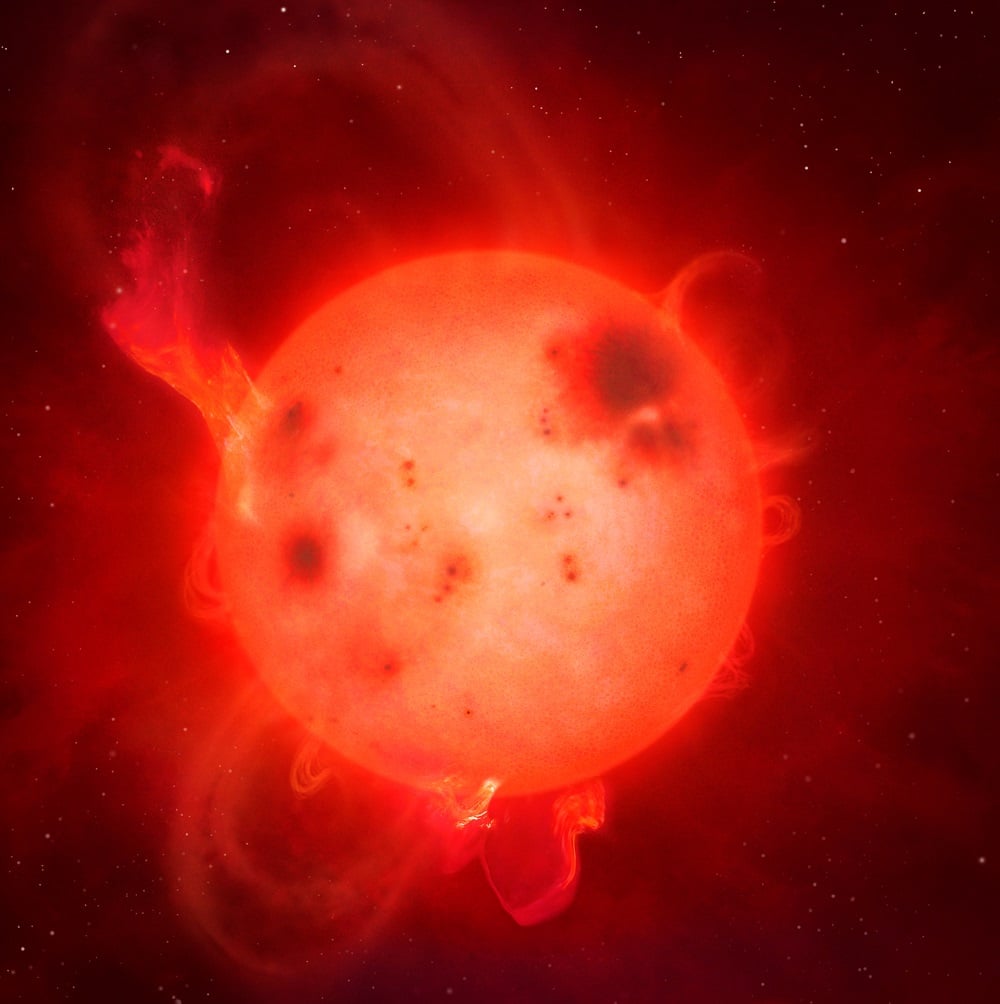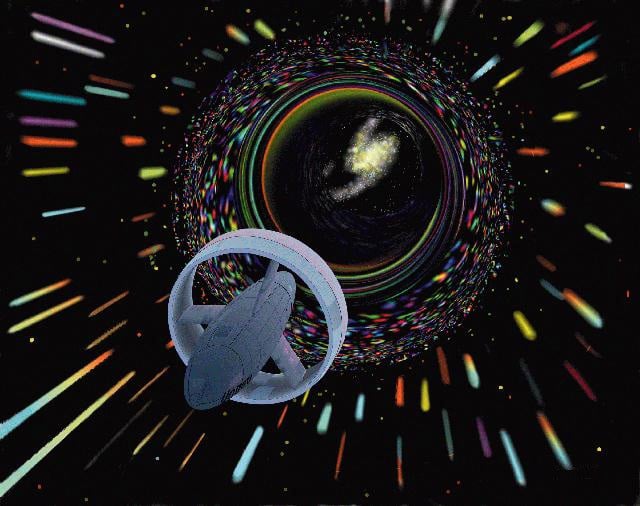
A new study indicates that, contrary to what has been previously argued, galaxies like our own may be the most likely place to find intelligent life
Continue reading

Continue reading

So, you think you know Galileo? A new book out from Simon and Schuster publishing looks at the life and times of one of the most famous astronomers there ever was: Galileo Galilei. Galileo and the Science Deniers by Dr. Mario Livio not only looks at the life and times of the famous astronomer Galileo, but busts some of the most famous myths surrounding Galileo, and looks at his greatest discoveries and tempestuous clash with the Roman Catholic Church and its aftermath. Livio also connects the science denialism of the day, with comparisons to modern clashes between politics and science.
Continue reading

New research using data from MAVEN shows that Mars had a magnetic field earlier and later in its history than previously thought.
Continue reading

Continue reading

Fast radio bursts last for such a short time that it is difficult to track down the source. Now astronomers have found one in our own back yard.
Continue reading

A new breed of smart telescopes is set to take users past these hurdles, and get them out under the night sky. We recently had a chance to put Vaonis' Stellina 'smart telescope' through its paces, and we're intrigued at the glimpse it provides at the future of observational astronomy.
Continue reading

Continue reading

Continue reading

Continue reading

Continue reading
Continue reading

Continue reading

While the Sun can be active, it is often quite a calm star. We now know it is unusually calm when compared to other stars.
Continue reading

Continue reading

The USGS' Astrogeology Science Center has released a complete mineral map of the Moon, which the lunar mining crowd is sure to appreciate!
Continue reading

Continue reading

Recent observations by the now-retired Spitzer mission have led to accurate predictions OJ 287, a blazar that contains a supermassive black hole orbited by another black hole.
Continue reading

NASA recently announced the three companies that will be building lunar landing systems to take astronauts back to the Moon - SpaceX, Blue Origin, and Dynetics.
Continue reading

Continue reading

Continue reading

The laws of physics are rooted in universal physical constants. But what if these constants change over time?
Continue reading

Continue reading

The ALPINE survey recently observed 118 galaxies dated to just 1-1.5 billion years ago, and found that the early galaxies were surprisingly developed.
Continue reading

Continue reading

Continue reading

If we can find the weight of everything in the universe, we can better understand how the universe came to be.
Continue reading

Continue reading

Continue reading

Continue reading

Ongoing observations of the Fomalhaut system using Hubble data has revealed that the mysterious "disappearing" exoplanet may not have been an exoplanet at all.
Continue reading
Continue reading

The fourth Starship prototype (SN4) achieved a crucial milestone this weekend by passing the cryogenic load test - the same one that caused its three predecessors to explode.
Continue reading

Continue reading

Continue reading

A fascinating asteroid nammed 1998 OR2 pays our neck of the inner solar system a visit early Wednesday morning, and if skies are clear, you might just get a chance to watch it slide by.
Continue reading

After almost 30 years of observing a star that orbits the supermassive black hole at the centre of our galaxy, scientists have confirmed yet again that Einstein was right!
Continue reading

NASA has just released a mosaic of the California Nebula, which was created from the final images snapped by the Spitzer Space Telescope.
Continue reading

Astronomers have found a star system with six exoplanets that orbit with an almost perfect 3:2 resonance.
Continue reading

In another first, the latest gravitational wave event to be detected came from the merger of two black holes of vastly different mass.
Continue reading

Continue reading

Continue reading

Continue reading
Continue reading

After 30 years, Hubble is still providing us with breathtaking images - like this one of NGC 2273, a spiral galaxy that has arms within arms!
Continue reading

Using the ALMA array, astronomers were able to detect the chemical composition of an interstellar object as 2I/Borisov began releasing gas from its interior.
Continue reading

Continue reading

Continue reading

Just prior to the isolation order, commercial launch provider Rocket Lab conducted a successful mid-air recovery of a test stage, paving the way for reusable rockets.
Continue reading

Stuck at home with clear skies? We're all in a similar situation, as the ongoing pandemic sees most of the worldwide amateur astronomy community observing from home or from their backyard. One astronomical sure-fire event coming up this week requires no special equipment: just a set of working Mk-1 eyeballs and a clear sky: the April Lyrids.
Continue reading

 Universe Today
Universe Today













































